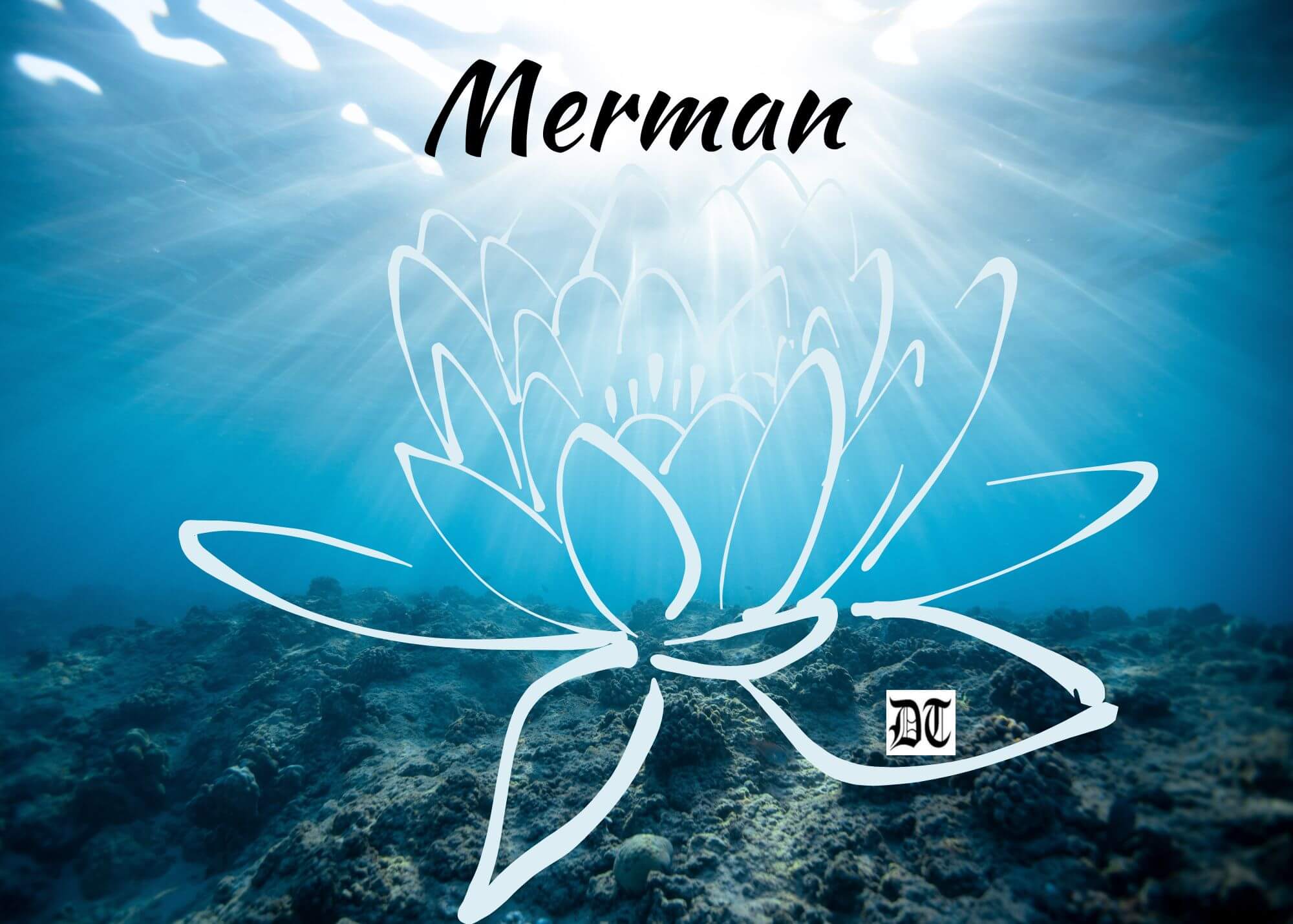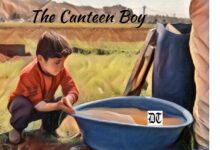Amrita celebrates the manifestations of Vishnu, in this verse, exclusively for Different Truths.
Seaborne, mighty above All leviathans, The bejewelled cobra Shelters Vishnu with his Regal hood, That stretches infinitely vast Over oceans, A parasol for God. Vishnu is all smiles, He populates the sea, Plankton, corals, squids And octopi reign amidst Sharks, dolphins, fish... But what is this? The humble coelacanth, stony jawed Dances for joy At the discovery of pliant fins Lord Vishnu raises the lotus palm In blessing A strange alm solicited A cosmic eyebrow raised In askance And supreme amusement. ‘Tathastu” Your wish is granted. The cobra roars and hisses Waves rise in defiance Of such abandonment. Sea creature transgresses the “Laxman Rekha” of his existence The Gem eludes such a purity Amorphous purple light The understanding is instantaneous Nature is quiet. Soft maternal waves Parry and thrust with Poseidon is defeated At last! The Four Yugas Of humankind in a cyclical repetition Speaks of the heroic human fish Matsa-Avatar That swam to the shores And found his feet For mighty future generations. They recant the heresy of hubris That disconnected silver merman From his oceanic origins. Today man depletes oceans Forgotten is Anantha Naga And Vishnu’s divine mercy.
Poet’s Notes
Lord Vishnu: The Hindu God of preservation of cosmos, stability and balance
Matsa-Avtar: Lord Vishnu reincarnated as fish.
Ananth Naga: The eternal, endless serpent on whom Lord Vishnu rests in the divine ocean.
Tathastu: Amen, So Be it.
Laxman Rekha: A boundary is drawn by Laxman for his sister-in-law, Sita (wife of Lord Rama), in the epic Ramayana. Signifies boundaries that must not be crossed.
Yuga: Cyclical pattern of repetition of the four ages of humankind, namely Satya, the age of Truth, Dvapara, Treta, and finally Kali, the age of destruction through decadence and sin. One Yuga is roughly 12 thousand years.
Picture design by Anumita Roy, Different Truths





 By
By
 By
By
 By
By
 By
By